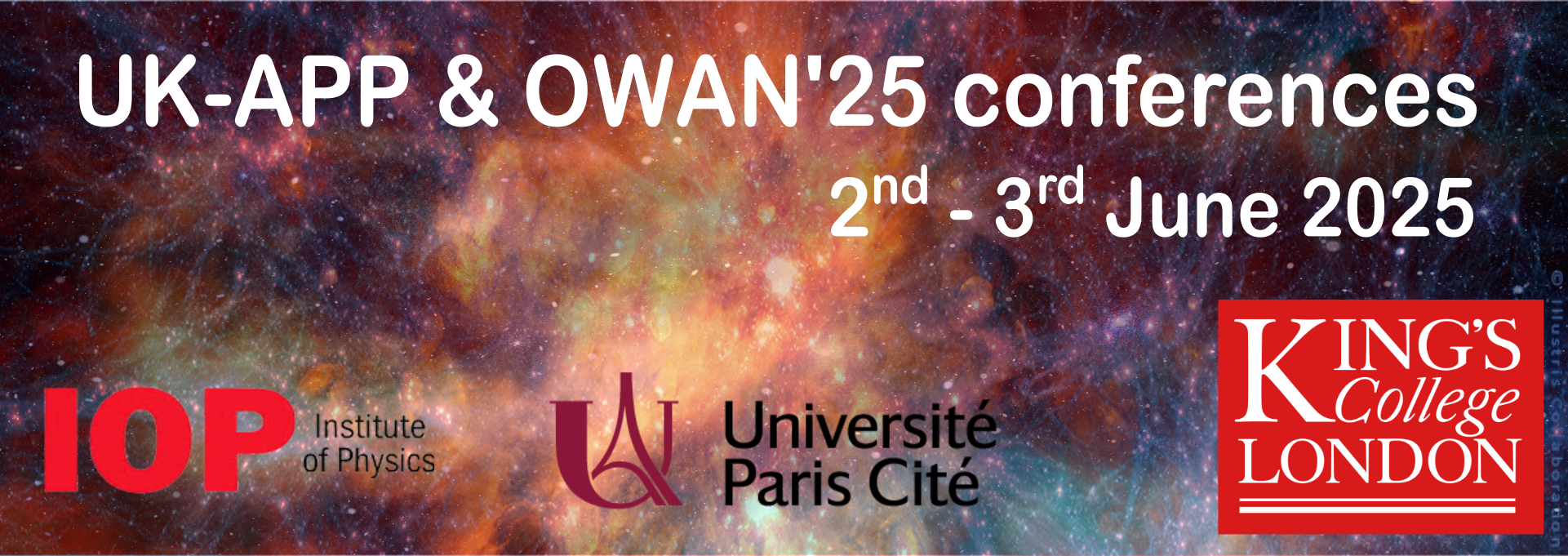Speaker
Description
Continued improvements in the treatment of oscillation parameter uncertainties, flux modeling, and detector response not only enhance precision in neutrino physics but also open the door to a breakthrough application of particle physics in Geophysics, a technique known as Neutrino Oscillation Tomography. This method probes Earth’s internal structure by leveraging changes in oscillation patterns induced by variations in matter density and the proton-to-nucleon ratio along neutrino trajectories through the planet. By offering a novel technique for measuring the density and chemical composition of specific Earth layers and deep-seated heterogeneities, Neutrino Oscillation Tomography can serve as a complementary tool to conventional seismic tomography and geochemical approaches.
In this contribution, we explore the sensitivity of neutrino oscillation tomography to azimuthally dependent heterogeneities in the lower mantle, particularly to the enigmatic Large Low-Velocity Provinces (LLVPs). We employ a 3D Earth model to compute oscillation probabilities and implement a full von Mises–Fisher distribution to parameterize the directional response of the detector in zenith and azimuth, enabling us to capture the azimuthal effects caused by the LLVP geometry. Assuming a next-generation neutrino detector, we evaluate the exposure required to provide meaningful geophysical constraints on these deep-Earth structures.

